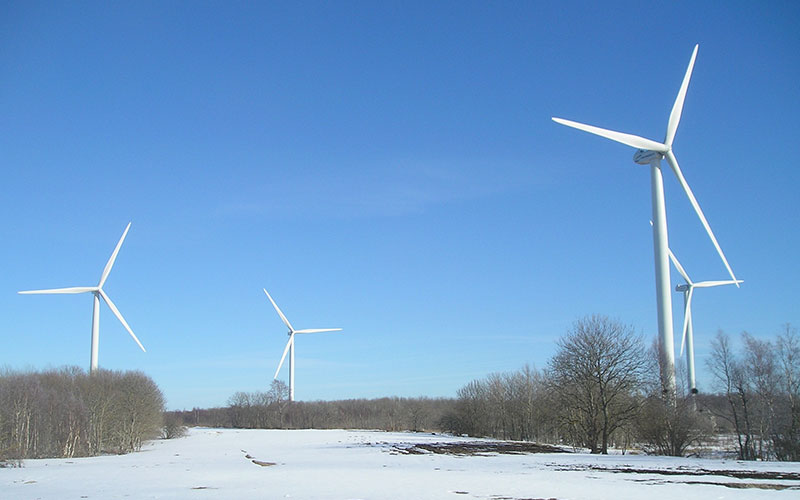The crisp February kept the electricity production of Enefit Green at January’s level

Despite February being colder and shorter than other months, Eesti Energia's renewable energy company Enefit Green produced in February an amount of electricity comparable to January.
The 87.7 gigawatt-hours of electricity produced could supply nearly 29,000 households for a year.
Most of the production came from wind farms in Estonia and Lithuania, which produced 71.5 gigawatt-hours of electricity.
According to Aavo Kärmas, Chairman of the Management Board of Enefit Green, the average temperature in Estonia in February was almost two degrees lower than normal. "Despite the calmer weather that accompanied the frost, we produced an amount of electricity comparable to January."
In addition to renewable electricity, Enefit Green produced 58 gigawatt-hours of heat – the same volume as last month. The output came from the Iru and Paide cogeneration plants in Estonia and the Valka and Broceni cogeneration plants in Latvia.
The increase in renewable energy production contributes to Eesti Energia's strategic goal of producing 43 percent of electricity and heat from renewable sources in 2024.
Enefit Green is a renewable energy company that belongs to the group of Eesti Energia and owns a total of 20 wind farms in four markets - Estonia, Latvia, Lithuania, and Poland - as well as 4 cogeneration plants, 36 solar power plants, a pellet plant and a hydroelectric power plant.